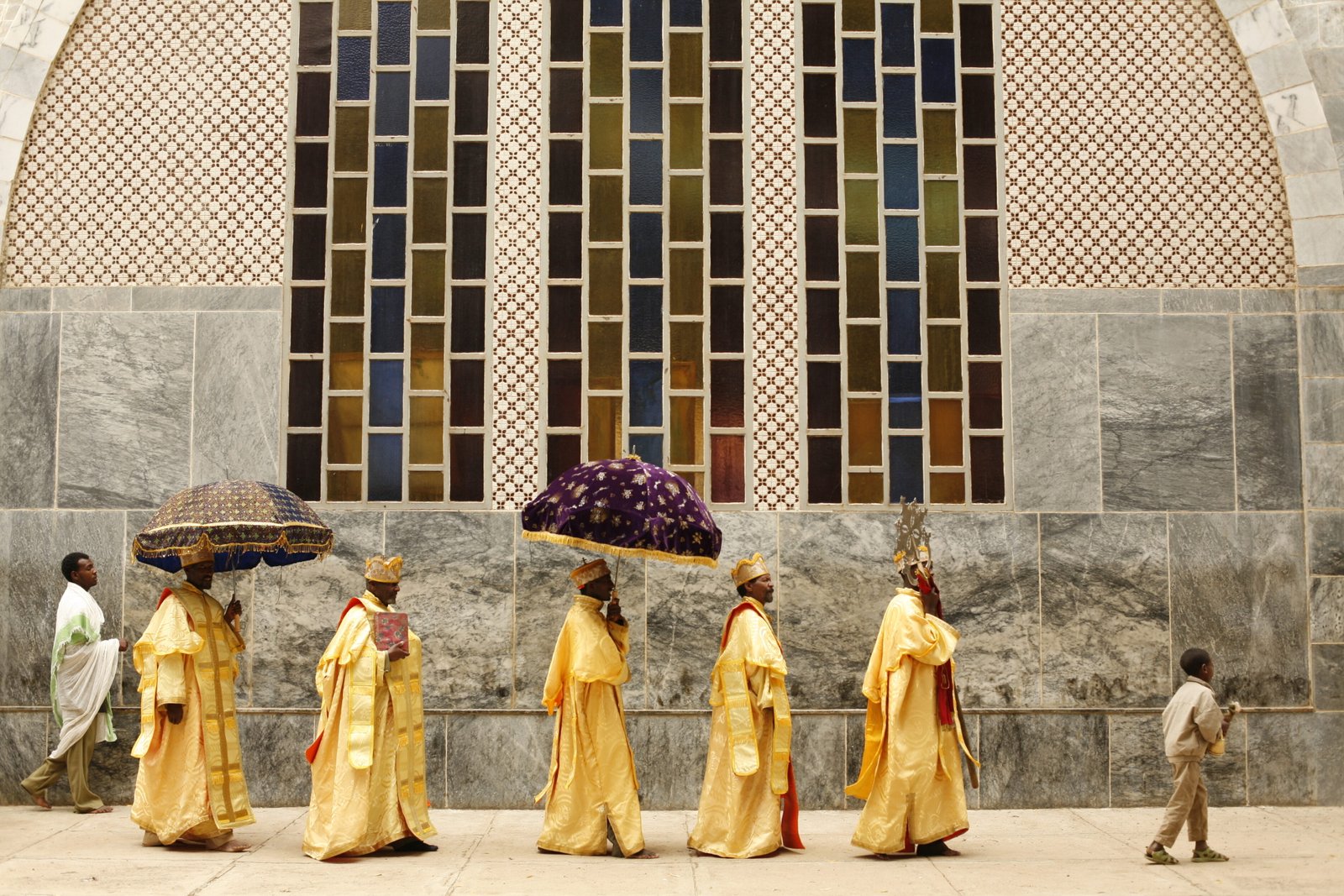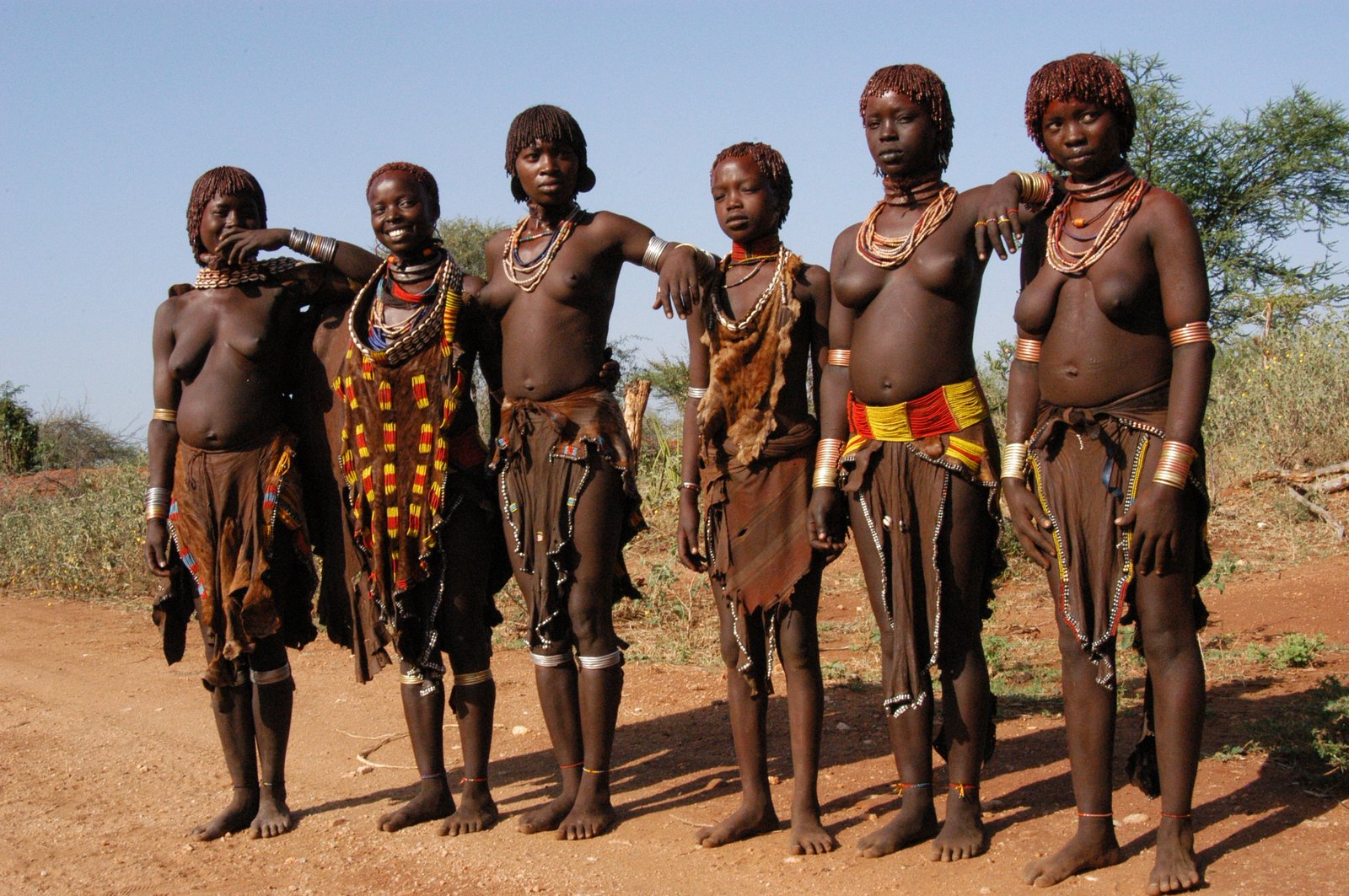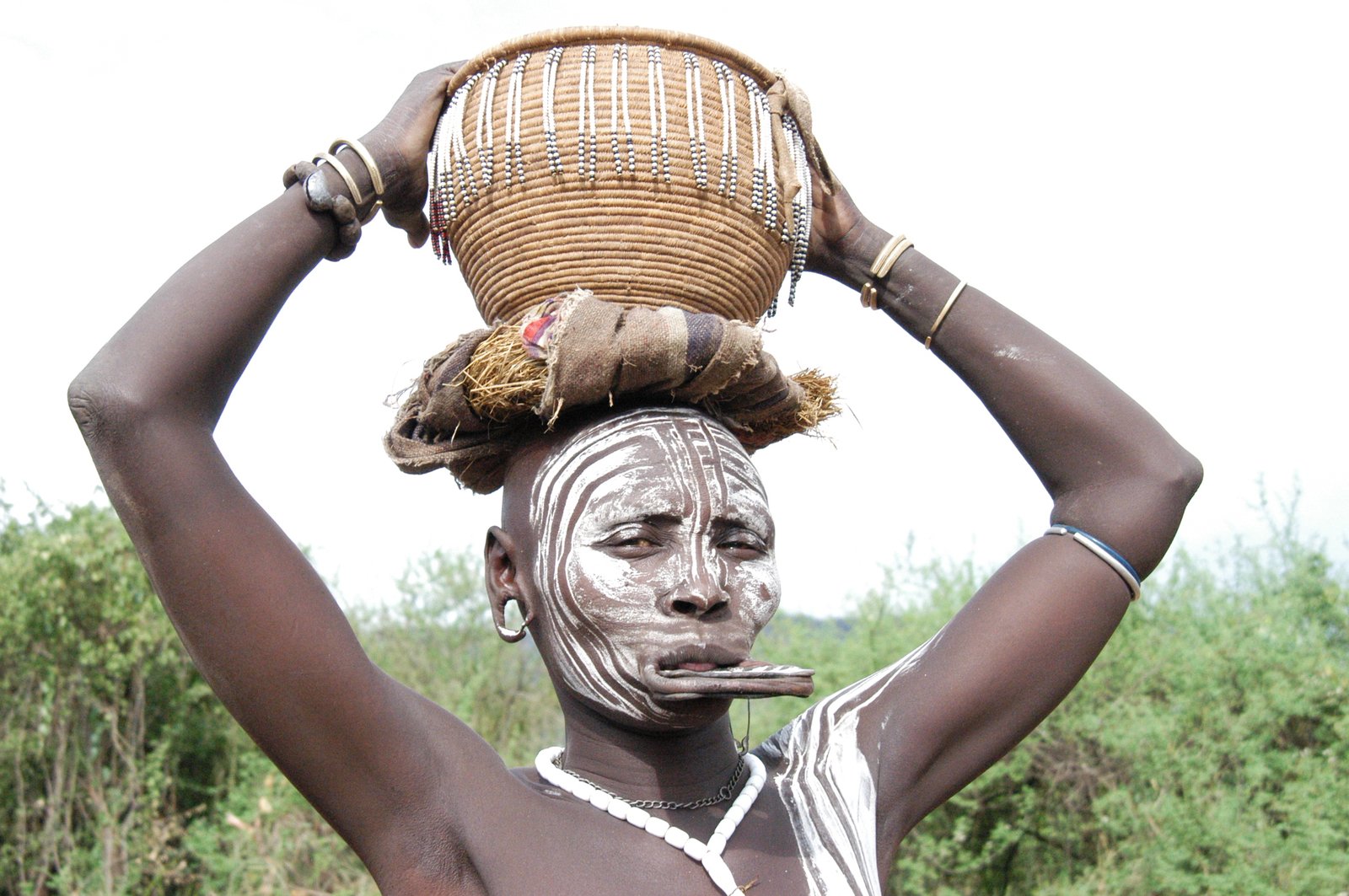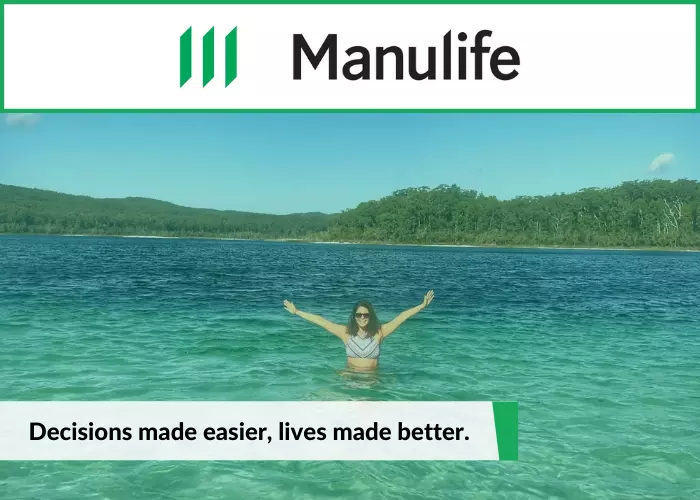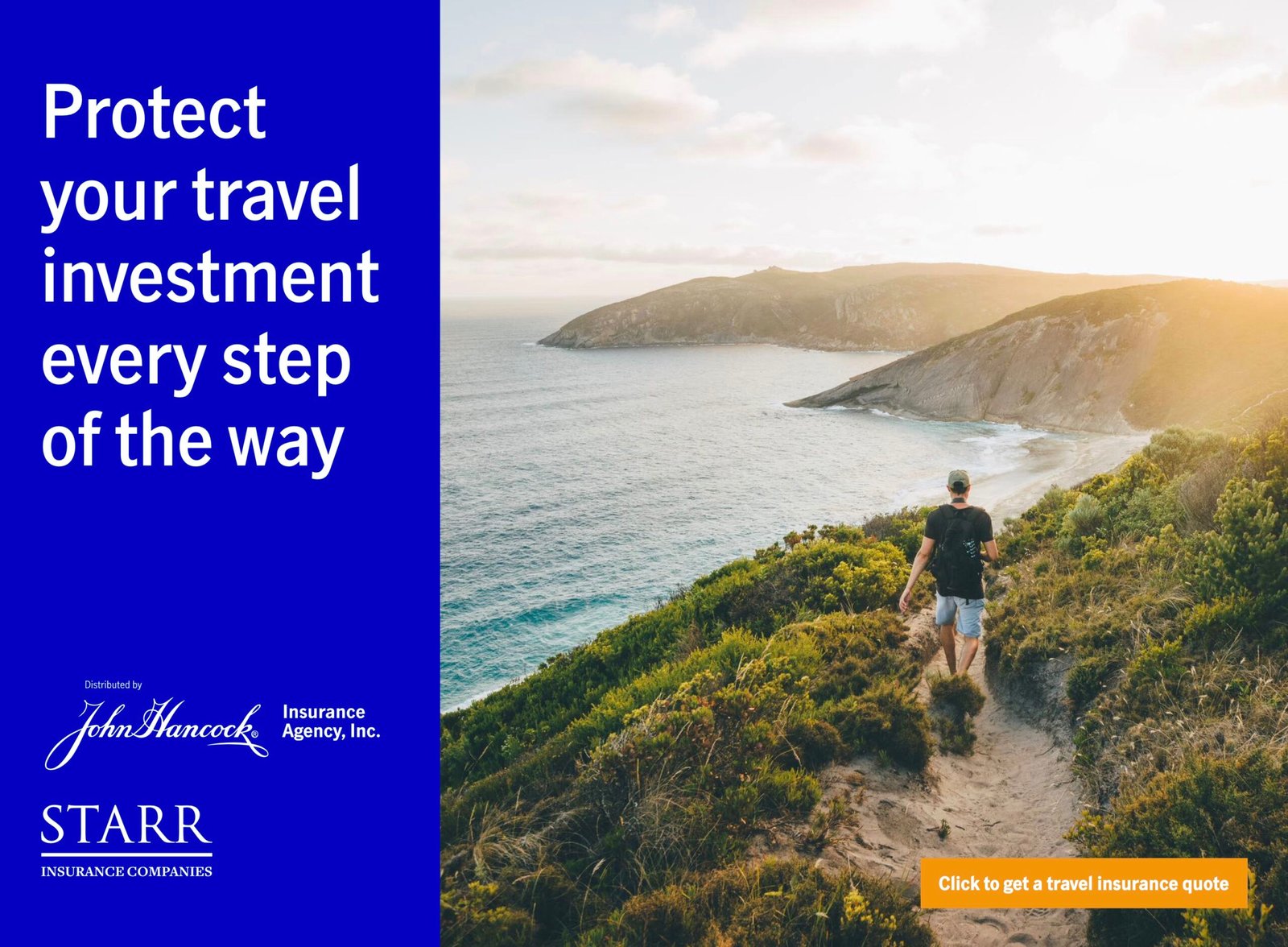Unlike anywhere on the planet, Ethiopia is a beautifully vast country blessed with a unique history, stunning landscapes, abundant wildlife, and some of Africa’s most soulful peoples. Encounters on this 15-day Ethiopia Tour are sure to rank among an adventurer’s most rewarding travel experiences.
Learn about the country’s long history with visits to 11th century rock-hewn churches, pre-Christian buildings, and ancient monuments, as we travel through stunning sceneries of mist-shrouded mountain peaks and idyllic cascading waterfalls.
Our adventure starts in the historic north and continues to the Omo Valley in the south.
Ethiopia is home to a vast array of cultures such as the Surmi, Afar, Mursi, Karo, Hamer, Nuer and Anuak, whose ancient customs and traditions have remained almost entirely intact. Venturing into these communities and staying among them is akin to receiving a privileged initiation into a forgotten world. With luck, one may witness one of the many festivals that are an integral part of the traditional culture, from age-old ceremonies marking rites of passage to Christian celebrations of singular passion, the impact upon those who witness such events can provide travel memories to last a lifetime. This Ethiopia Tour offers an unparalleled cultural experience.
Contact us for a curated adventure to this incredible part of the world. Looking for a different kind of experience? No problem, we are happy to create a unique adventure to Ethiopia just for you.
Highlights
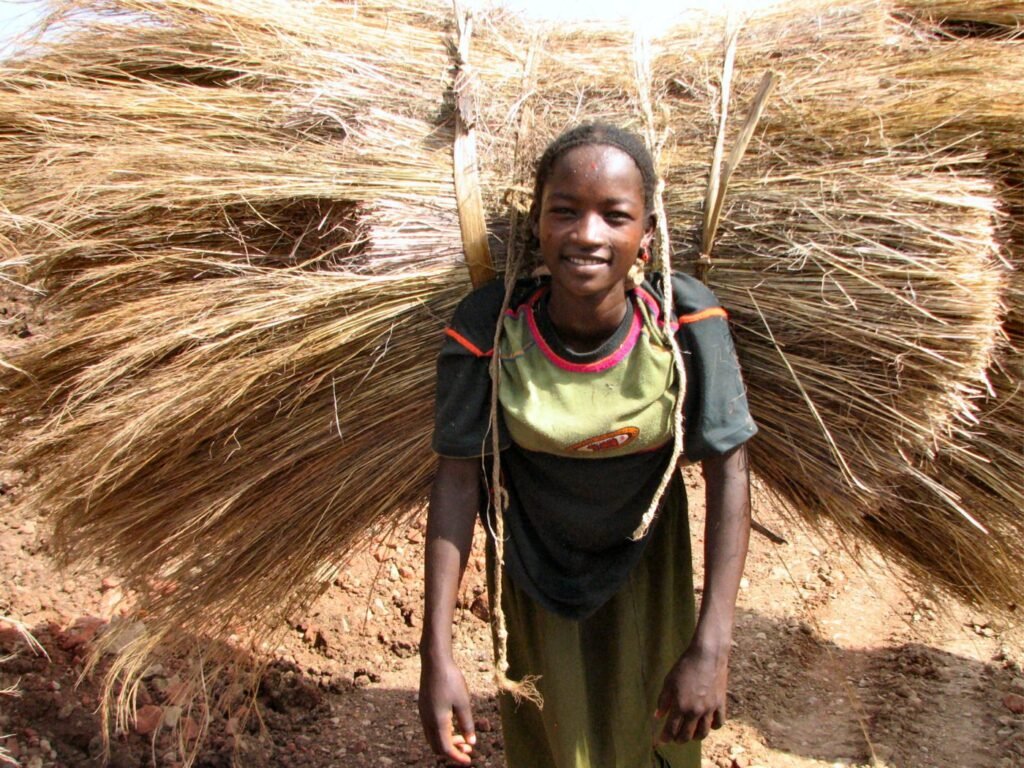
STARTS AT
USD per Person
THIS IS A CUSTOMIZABLE ITINERARY FOR GROUPS OF ALL SIZES.
DATES ARE AVAILABLE UPON REQUEST.

DAY 1: ARRIVAL ADDIS ABABA, ETHIOPIA
Be welcomed by your guide on arrival at Addis Ababa Bole International Airport, and transfer into your hotel. Addis Ababa is Ethiopia’s capital city and sits at 2450m above sea level.
PLEASE NOTE: This is a fascinating trip for ADVENTUROUS souls! Ethiopia is developing its tourism industry and infrastructure which means some of the accommodation is quite basic, roads can be very rough, journeys long, and full of surprises. That being said, this is an amazing travel opportunity for truly intrepid travellers.
Overnight: Jupiter International or other similar 4* Hotel
Meals: -/-/-
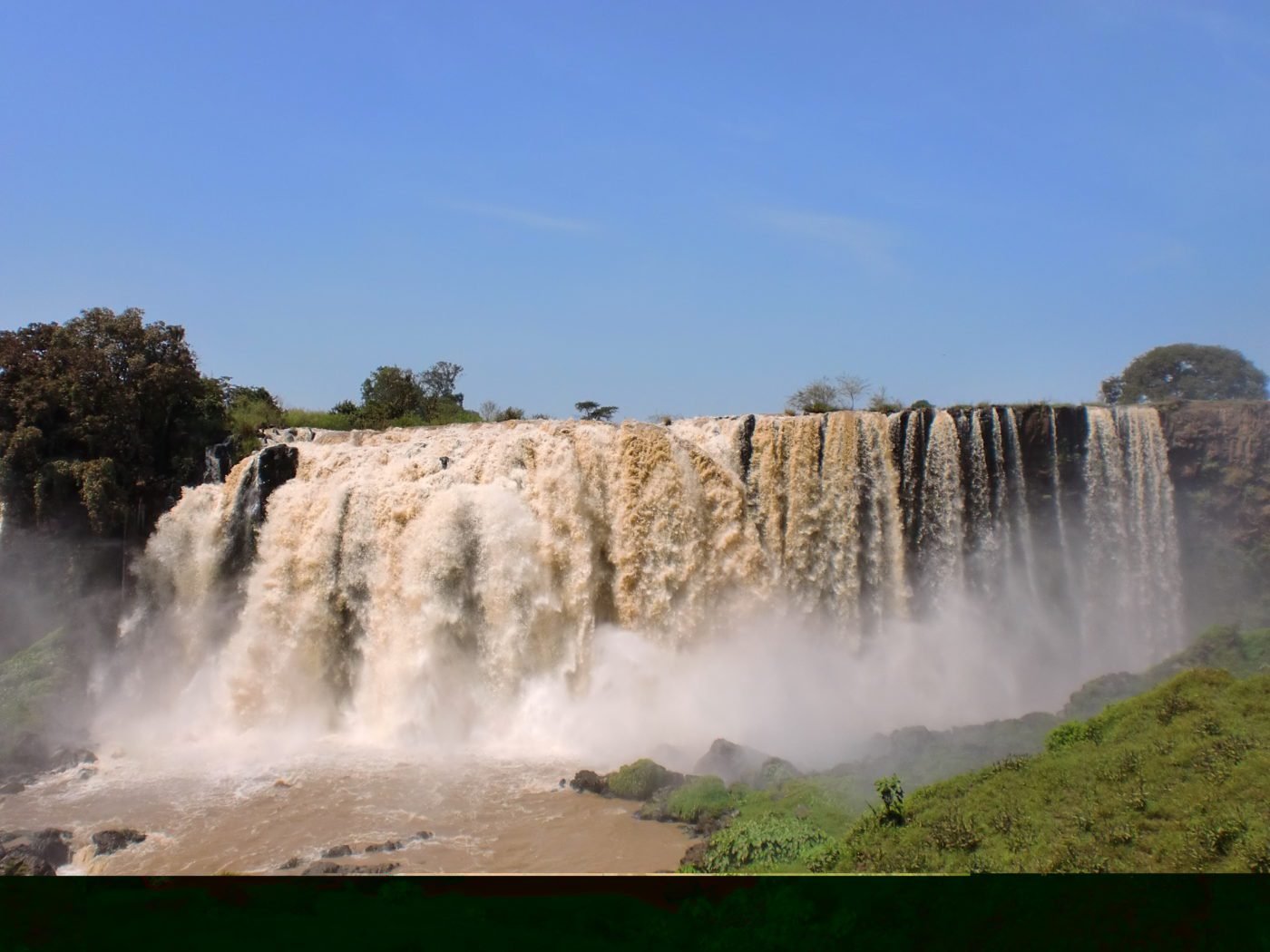
DAY 2: FLY TO BAHIR DAR – BLUE NILE FALLS
Fly from Addis to Bahir Dar and visit Blue Nile Falls, Tisissat, which means “Water that Smokes”. The area is also home to a great variety of birds and plants.
In the afternoon, we have a boat trip on Ethiopia’s largest water body – Lake Tana (3,600 Km Sq) to visit the island monasteries of Ura Kidane Mihret (14th Century AD) and Azwa Mariam (14th Century AD).
Overnight: Abyminch lodge or similar Hotel
Meals: B/L/D
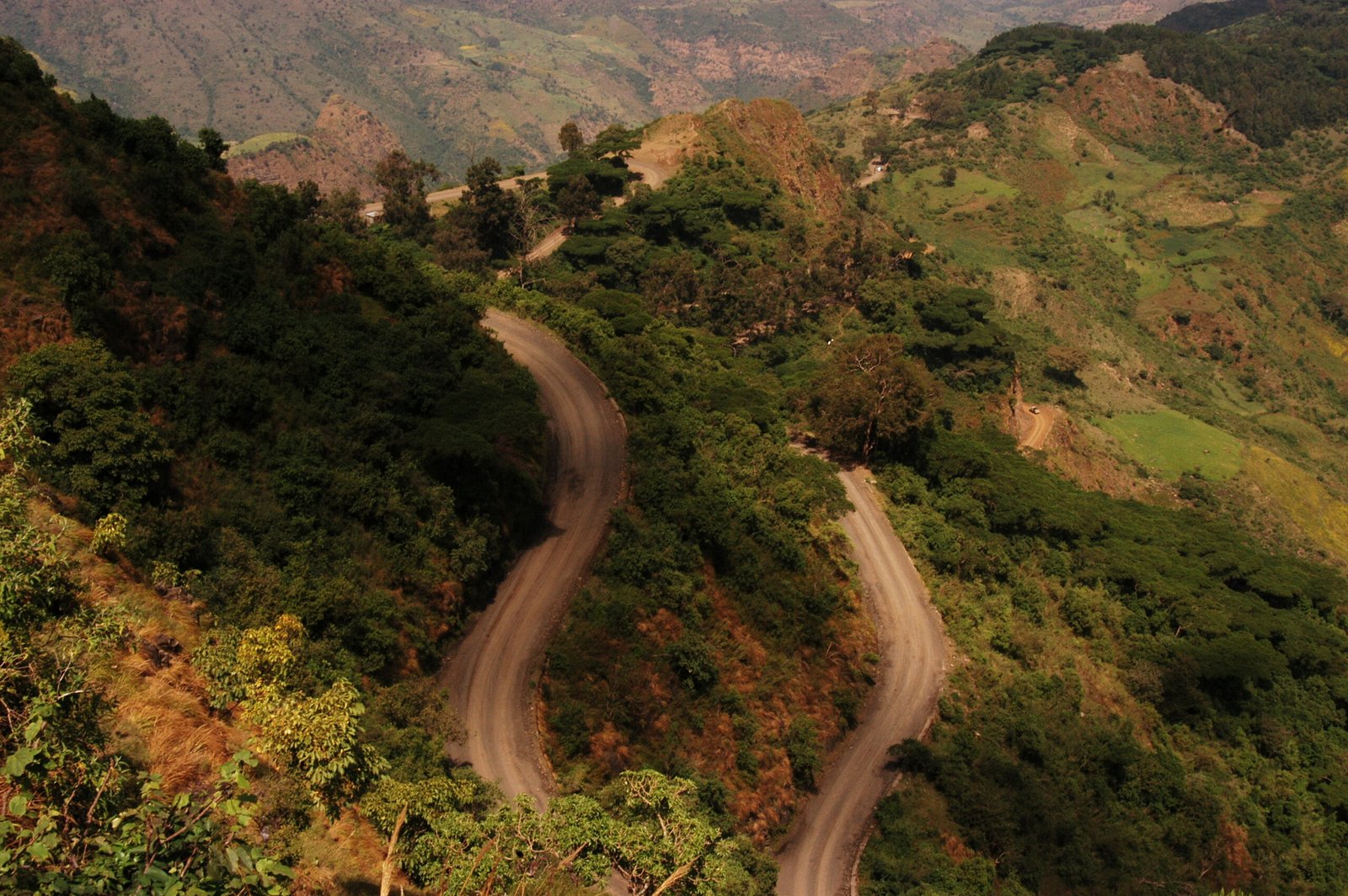
DAY 3: DRIVE TO SIMIEN MOUNTAINS
After breakfast, leave Bahir Dar and drive to head to Sankaber- the headquarters of Simien Mountains National Park- passing rural villages and crossing mountain passes with stunning vistas.
The Simien Mountains National Park occupies a surface area of 180 km sq. The park, situated between 4,430 and 1,900 meters (6,200 – 4,500 feet), boasts varied flora with three marked botanical areas. The highest parts have meadows with little vegetation, characteristic of afro-alpine zones. Here we can find the endemic Lobelia rhynchopetalum, small groups of perpetual flowers, Helichrysum, and the striking Kniphofia foliosa.
Spend the afternoon, walking near your lodge to spot the endemic Gelada baboon and appreciate the breathtaking scenery.
Overnight: Simien lodge
Meals: B/L/D
Meals: B/L/
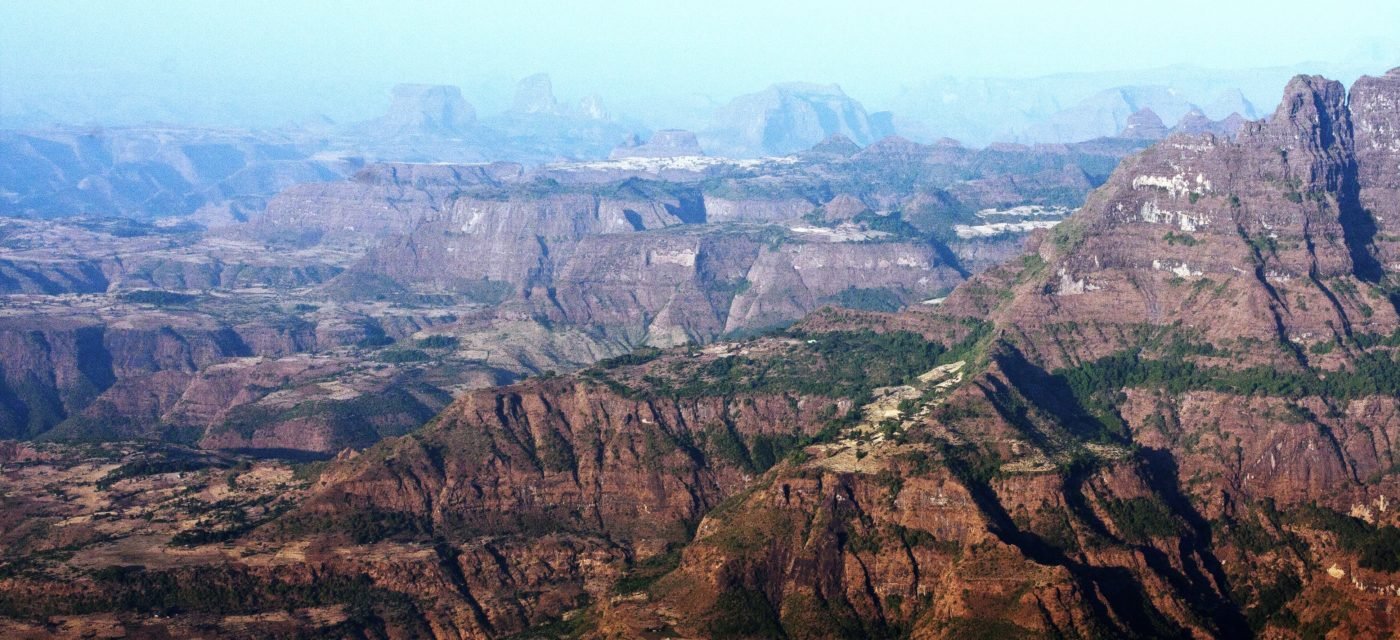
DAY 3: SIMIEN MOUNTAINS NATIONAL PARK
After breakfast head out on a day hike with picnic lunch. Depart the lodge for Chenek where it’s possible to spot the endemic, Walia Ibex. The landscape in the area is remarkably picturesque with panoramic vistas overlooking the deep gorges of the Escarpment.
The excursion today will allow us to explore the pinnacles, valleys, and wildlife of this stunning region. The beauty of the ranges can be discovered by following century-old footpaths, and don’t forget to look out for the Gelada Baboons who reside here amidst the local pasture lands.
Overnight: Simien lodge
Meals: B/L/D
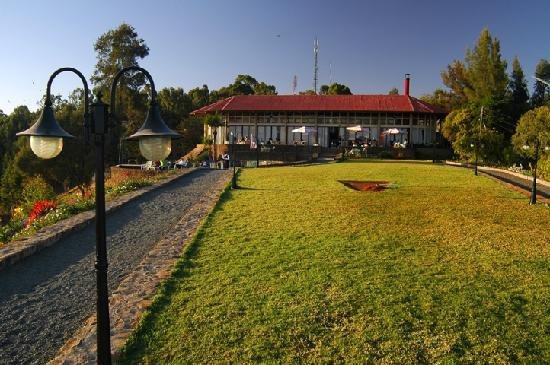
DAY 5: DRIVE TO GONDAR
After breakfast, drive to Gondar visiting the former village of the Felasha (African Jews), who have now migrated to Israel.
Spend the afternoon exploring the Royal Enclosure and its buildings. The fortress, which is surrounded by a 300-foot-long wall, is a UNESCO World Heritage Site. The oldest and most impressive structure in the compound is the two-story palace of Emperor Fasilidas, built of solid basalt stones. Other royal buildings of interest include the library of Emperor Yohannes I, the House of Song where royal ceremonies took place, the elegant reception and banquet hall of Emperor Bakaffa, and the palace of the king’s wife. Also visit the nearby bath of King Fasiledes, where modern-day Timkat ceremonies are performed. Finally, view the Church of Debre Birhan Selassie, an imposing structure with brightly coloured ceilings.
Overnight: Goha Hotel
Meals: B/L/D

DAY 6: FLY TO LALIBELA
In the morning, fly to Lalibela – home of the 12th century AD rock-hewn churches of King Lalibela.
And in the afternoon, visit the first group of churches of King Lalibela (UNESCO World Heritage Site). Each of the churches is architecturally unique and several are decorated with colourful, well-preserved paintings.
Overnight: Roha Hotel or similar
Meals: B/L/D
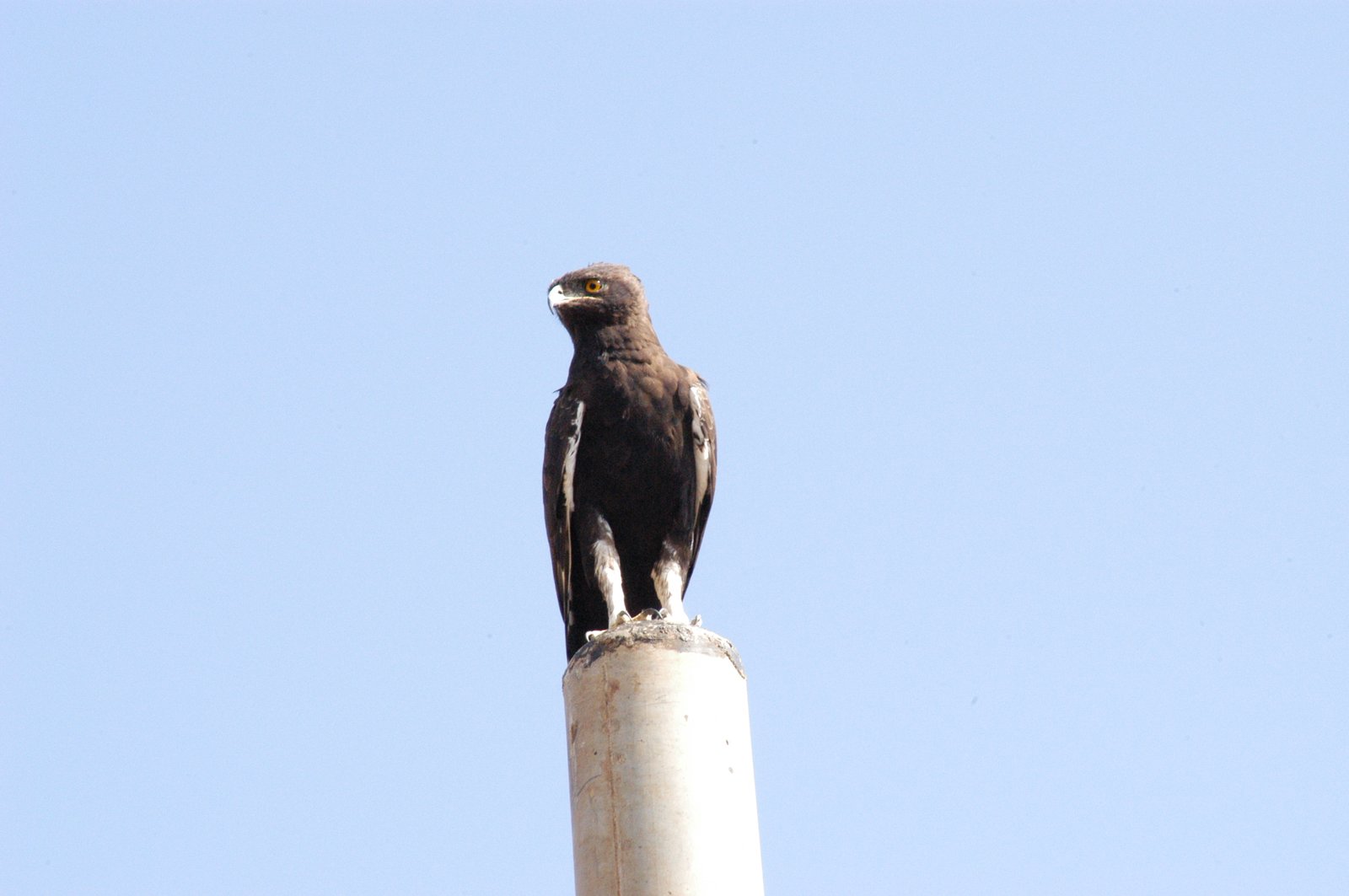
DAY 7: LALIBELA
In the morning, we ride mules to the hill-top semi-monolithic church of Asheton Mariam (13th century AD). Getting to the top of the hill rewards you with stunningly beautiful scenery of the area. In the afternoon, visit the remaining groups of the churches of Lalibela.
Overnight: Roha or similar Hotel
Meals: B/L/D
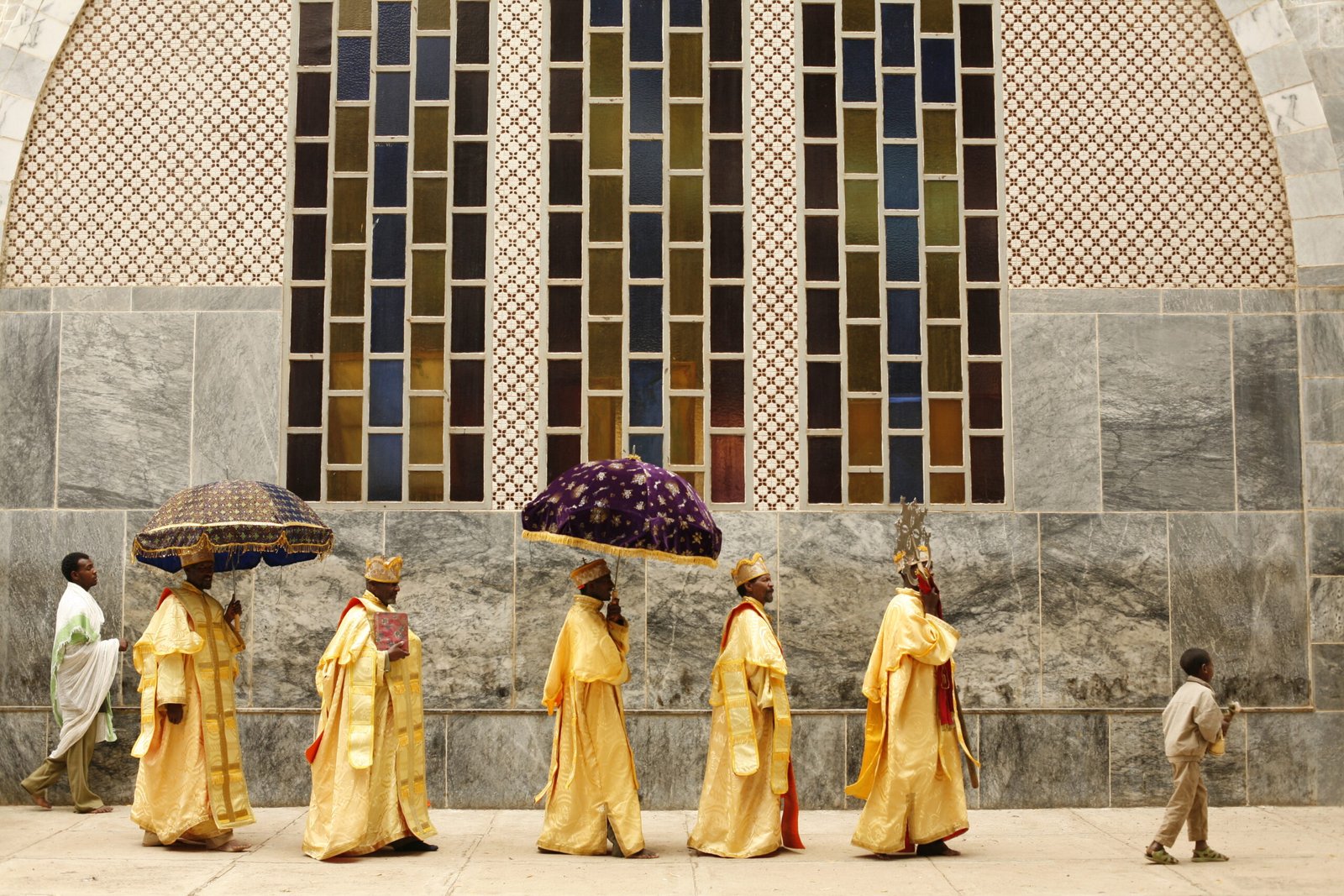
DAY 8: FLY TO AXUM
After breakfast, transfer to the airport and fly to Axum. This simple frontier town is in fact a city of great importance as the ancient capital of Ethiopia. According to local legend, Axum was home to Queen Sheba and the current resting place of the Ark of the Covenant. As we explore Axum, and its ancient relics, our sense of adventure and imagination guides us through this mysterious and historic place.
We explore the wonders of ancient Axum, beginning with Stelae Park. Carved completely from blocks of granite, these stelae are truly impressive. Although never erected, the largest stelae — now broken into several pieces — measures over 30 m (100 feet) long and dates from Ethiopia’s pre-Christian era.
Our tour continues to the Archaeological Museum, and to St Mary of Zion Church. We will see the ruins of the original 4th century church, and view an amazing collection of church relics including crosses and ancient crowns. It is here that we will also see the building that houses Ethiopia’s most sacred religious artifact, the supposed Ark of the Covenant.
Overnight: Sabean Hotel or similar
Meals: B/L/D
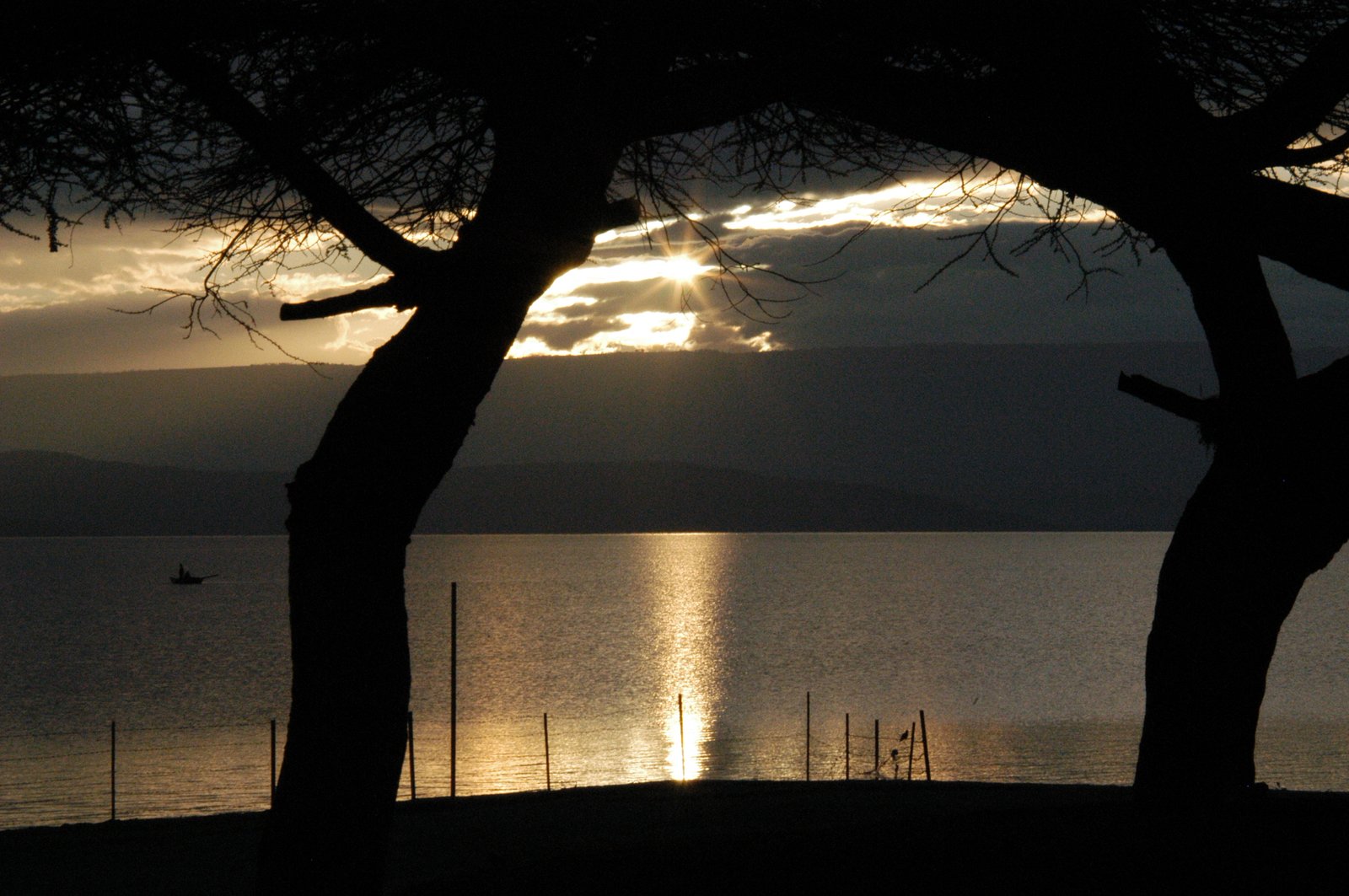
DAY 9: AXUM – ADDIS to LANGANO
Early flight back to Addis and then we drive 200 km south of Addis to the Rift Valley Region. Along our way pass the chain of Rift Valley Lakes of Ziway, Langano, Abiyata and Shalla. At Lake Ziway we have the opportunity to spot birds and then later enjoy a dip in Lake Lagano (pack your swimming suit)!
Overnight: Sabana Beach Resort or similar
Meals: B/L/D
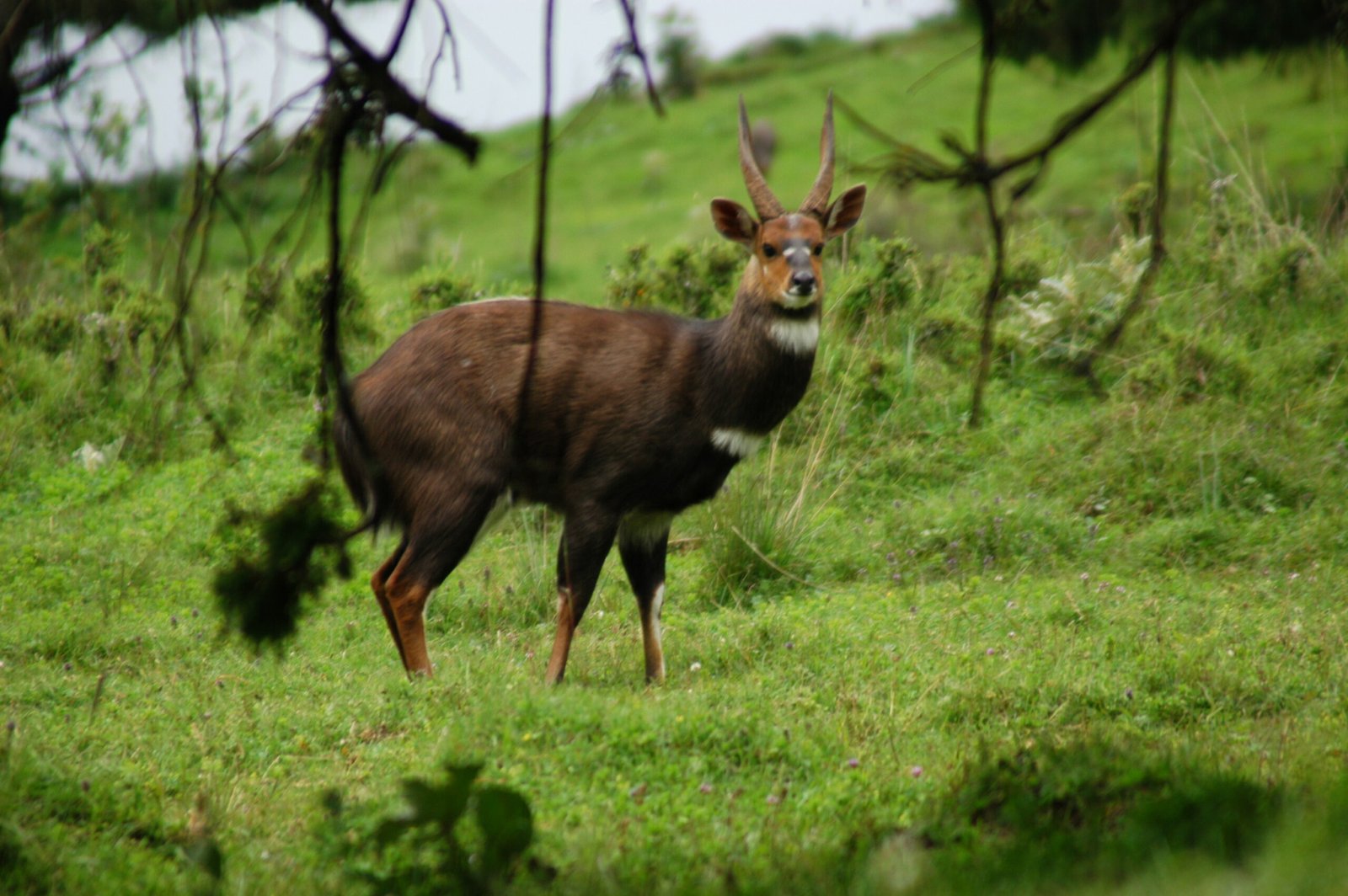
DAY 10: DRIVE TO ARBA MINCH
This morning we begin our journey southwards to Arba Minch, the “town of many springs”, through the fertile land of Wolita and Alaba regions. We pass through a mountainous region and a highland plateau covered with banana plantations and bamboo.
Arba Minch is situated by lakes Chamo and Abaya, the most southerly of Ethiopia’s Rift Valley lakes. The Alaba people are very famous for their beautiful home painting style. And on the way visit Senkele Wildlife Sanctuary, here you will perhaps be lucky enough to see the endemic Swayne’s Heart Beest, greater kudus, orbis antelopes, warthogs, and other mammals.
Overnight: Paradise Lodge or similar
Meals: B/L/D

DAY 11: ARBA MINCH
After breakfast drive to Chencha, to visit the Dorze village, the Dorze people are well known for the weaving tradition and their attractive elephant-shaped traditional hut made from bamboo and false banana tree leaves, here you will also see the daily activity of the Dorze people. They are also farmers, who prevent soil erosion by ingenious terracing of the mountainsides. Around their huts, they have their own little garden with vegetables, spices, tobacco and enset (false-banana or musa ensete).
Afterward, we return to Arba Minch for lunch and in the afternoon take a refreshing boat trip on Lake Chamo, home to huge crocodiles, hippos, and a variety of birdlife.
IMPORTANT NOTE: On the southern portion of our itinerary, we do our best to engage with the local people in a way that is respectful and sensitive to their unique situation. It is important to keep in mind that travellers, while well-intentioned and a source of much-needed income to isolated areas, have, in some ways, brought unique problems to these traditional cultures. Please be mindful when taking photos, do not give money or items to children, ask your guide for guidance.
Overnight: Paradise Lodge or similar
Meals: B/L/D
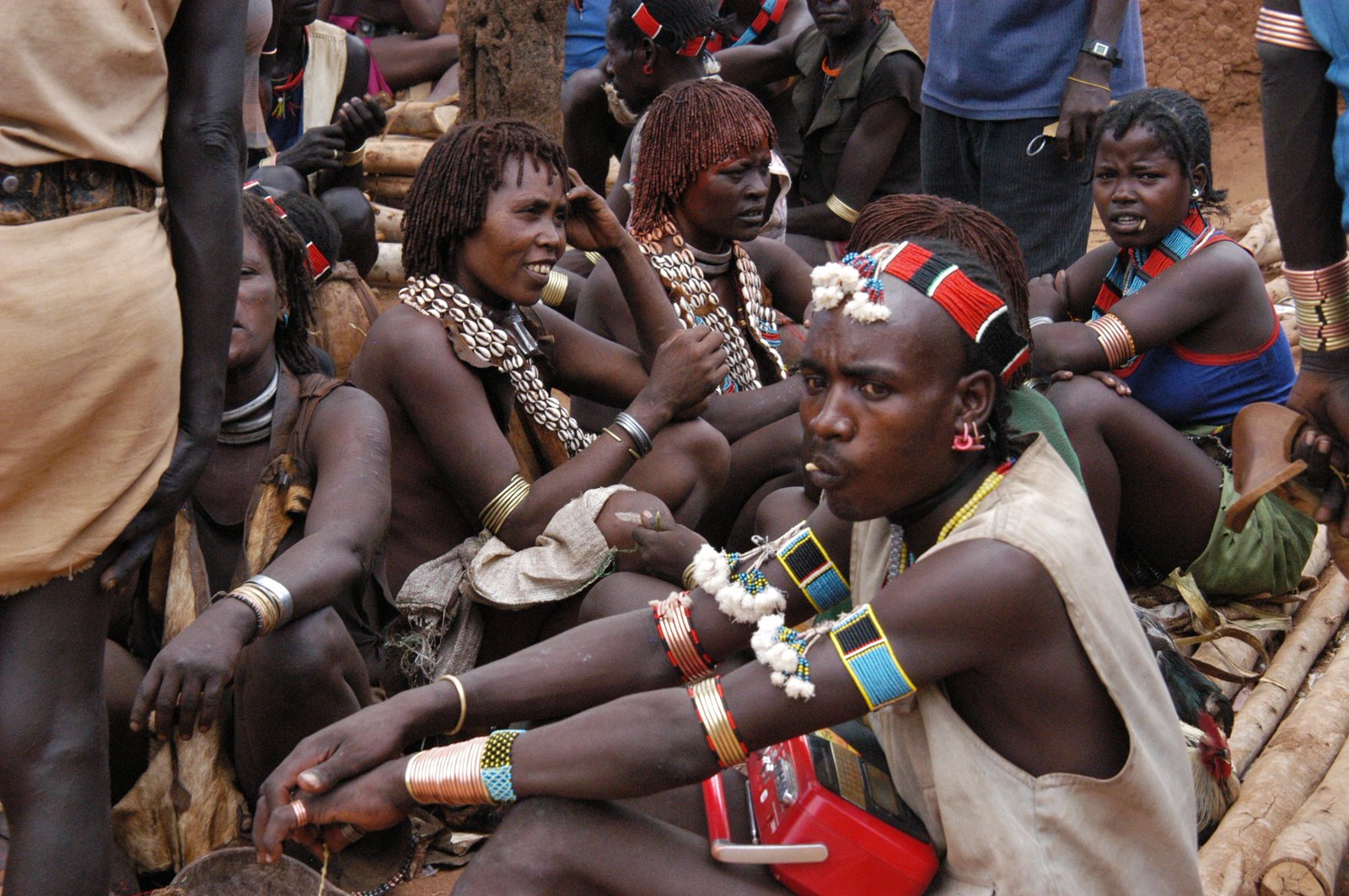
DAY 12: ARBA MINCH TO JINKA
We continue driving south of Arba Minch on a rugged road to Jinka, crossing the Weito Valley. We have the opportunity to visit the Tsemay Village and Woito people live in the area around Woito River.
Our experience with tribal life continues with a visit to a Konso village, recently registered as the 9th UNESCO World Heritage site in Ethiopia. Famous for their rock terraces and colourful textiles, the Konso erect wooden totems with phallic symbols over the graves of the dead, and have numerous cults based around the breeding and veneration of serpents. The cornerstone of Konso culture, however, is a highly specialized and successful agricultural economy that, through terracing buttressed with stone, enable these people to extract a productive living from the not-very-fertile hills and valleys that surround them.
Later afternoon arrival in Jinka, set at the foot of Mago National Park (440m / 1,450 ft).
The Omo Valley, part of the “Great African Rift”, is located in the southwestern corner of Ethiopia and shares its borders with Kenya and Sudan. Many anthropologists consider it to be the birthplace of humankind; the entire region has been inscribed on the UNESCO World Heritage list since 1980.
Overnight: Eco Omo lodge or similar
Meals: B/L/D

DAY 12: JINKA – MURSI VILLAGE – TURMI
After breakfast, we drive to a Mursi village to visit and learn about the unique culture of the Mursi tribe. Women’s ear lobes are often adorned with large wooden and terracotta discs. Mursi women also progressively split and stretch their lower lips to make room for similar discs. Though these lip plates may appear bizarre to outsiders, the Mursi regard them as signs of beauty. Generally, the larger the lip plate the more beautiful the wearer. At certain seasons, visitors may be lucky to chance on colourful and dramatic traditional ceremonies. Periodically young men of the Mursi and Surma tribes engage in ritual stick fighting. These duels are conducted with the utmost vigour since the winners are much admired by girls. These are people who farm the land and breed livestock; they live in almost complete isolation from the rest of the world.
We continue to Turmi a settlement of the Hamer people. The women of the Hamer are known particularly for their striking looks – adorned with thick braids of ochre-coloured hair hanging down in a heavy fringe, leather skirts decorated with cowries, and a dozen or more copper bracelets fixed tightly around their arms. They look beautifully fierce. Turmi men are noted for the initiation ceremony of Jumping over the Bulls. Catching this interesting ritual is entirely a matter of chance. Hopefully you will be lucky!
Overnight: Buska lodge
Meals: B/L/D
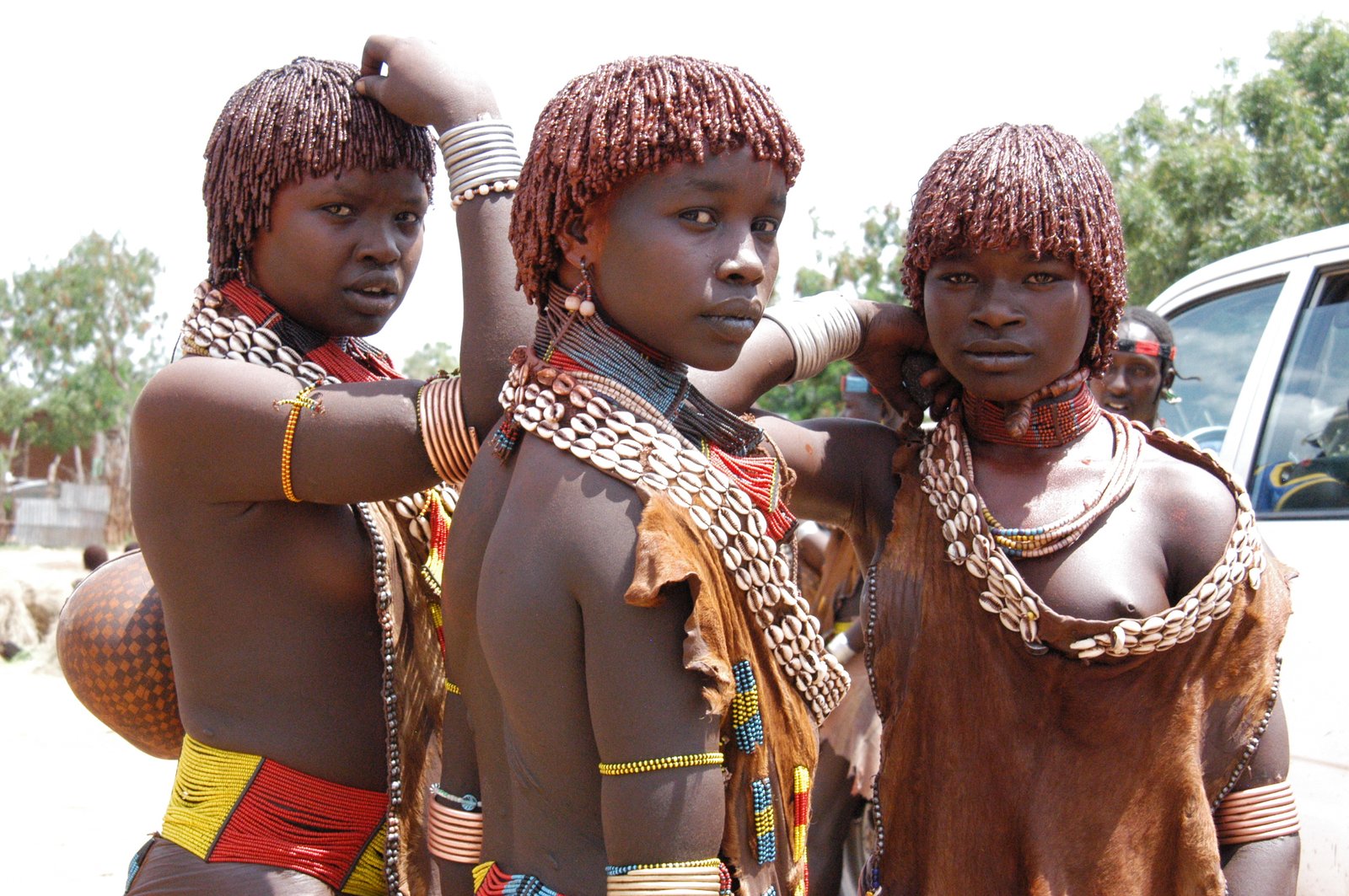
DAY 14: EXCURSION TO MURULLE
Early this morning, we take a trip to Murulle – a village of Karo people, who are a tribe with very few members. The most striking thing about Karo people’s symbolic and ornamental expressions is the painted body and face decorations. An elaborate process, which ranges from fine and elaborate details to rough, but striking paintings traced with the palms or fingers. The most beautiful expression is in the facial and chest paintings that combine white (chalk), black (charcoal), yellow, ochre, and red earth. They often imitate the spotted plumage of a guinea fowl, and Karo women make scars on their chests to beautify themselves. The complete scarification of a man’s chest indicates that he has killed an enemy or a dangerous animal, and is cut with a knife or razor blade; ash is rubbed in to produce a raised effect. The wearing of a grey and ochre clay hair bun also indicates the killing of either an enemy or a dangerous animal. and known for the body paintings they indulge in before important ceremonies. The most striking thing about the Karo people’s symbolic and ornamental expressions is the painted body and face decorations.
Overnight: Buska Lodge or similar Hotel
Meals: B/L/D
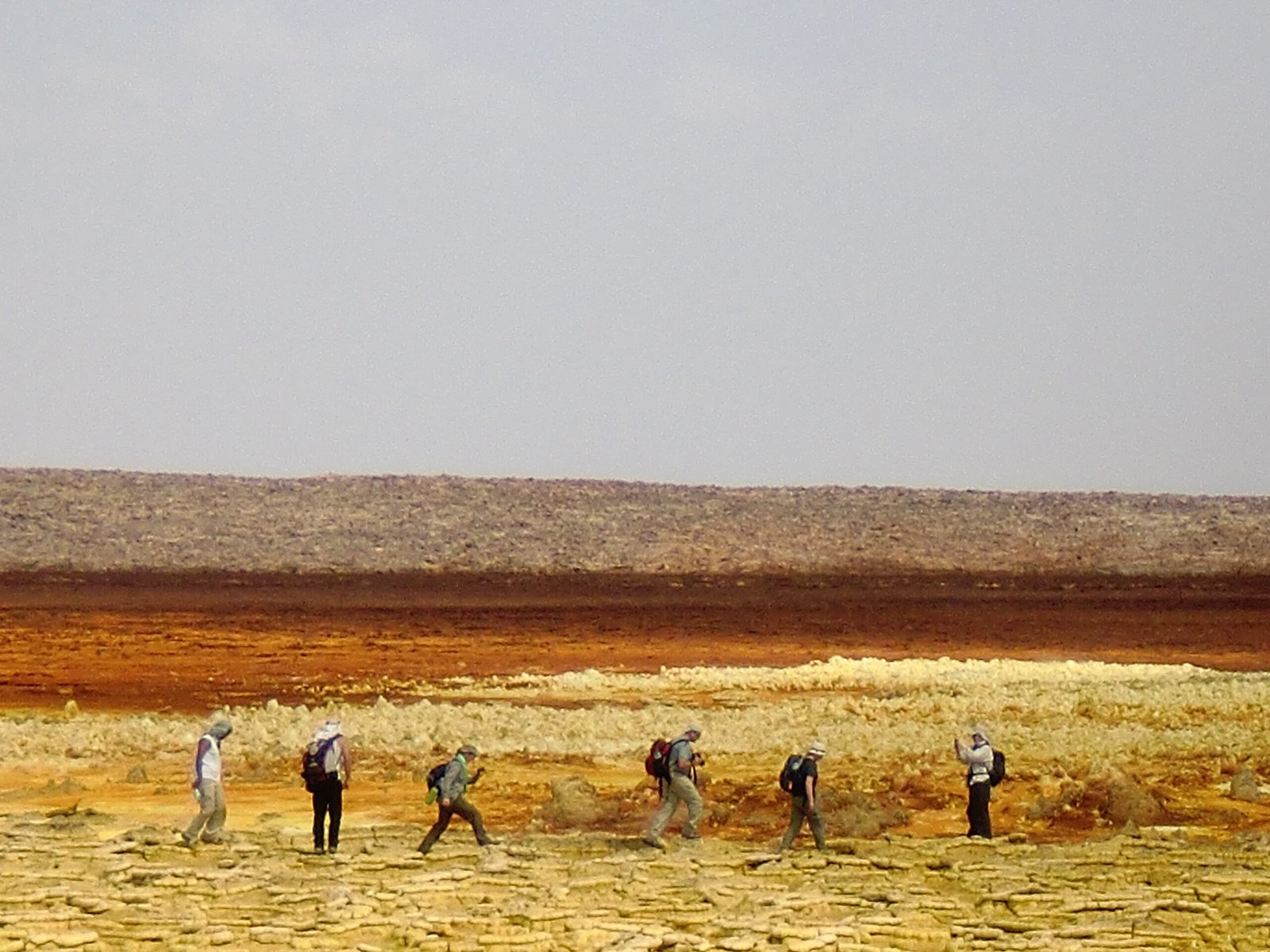
DAY 15: DEPARTURE DAY
After breakfast, we transfer to Arbaminch to take an afternoon flight to Addis Ababa. There will be time for shopping in Addis Ababa if you like.
In the evening before departure, you will be invited to a farewell dinner party at one of the best traditional restaurants in Addis where you taste a variety of Ethiopian meals, and watch the folkloric dances of the Ethiopian people.
Evening departure. Bon Voyage!
Meals: B
Thanks for travelling with Finisterra!
Tour Exclusions
IMPORTANT NOTES
PLEASE NOTE: This itinerary is subject to change. Although we always do our best to stick to the itinerary, due to the ever-changing nature of Mother Nature, activities, hotels, and visits are subject to change due to forces beyond our control.
FLIGHTS: Please do not purchase your flights until this tour is confirmed.
PASSPORTS: Must be valid for at least 6 months upon return date to your home country. Proper documentation is the responsibility of each traveller.
VISAS & VACCINATIONS: Responsibility of the traveller.
Date: Custom Departure available upon request
Prices from: $5195 USD per participant based on Double / Twin accommodation
*Please note, the hotels and routing of this tour can be altered to best suit your needs. Pricing is based on 2 travellers.
Travel Insurance
Cancellation, Travel, Flight, and Health insurance are required and are the responsibility of the participant to research and secure the appropriate coverage. Click HERE for a Travel Insurance Quote or please email nicola@finisterra.ca for a quote.
Check with your local travel agent /insurance provider/health plan for advice about traveling overseas.
Waiver Form
All participants will be required to sign a Waiver Form prior to departure.
Please note that these are just sample hotels and all accommodation is subject to change. We can upgrade hotels for an additional fee.
Blue Nile Falls – Abyminch lodge
Simien Mountains – Simien lodge
Gondar – Goha Hotel
Lalibela – Roha Hotel
Axum – Sabean Hotel
Langano – Sabana Beach Resort
Arba Minch – Paradise Lodge
Jinka – Eco Omo
Turmi – Buska lodge
Please note ALL ACCOMMODATION IS SUBJECT TO CHANGE. Hotels will be confirmed 30 days prior to departure.
Pre and Post-Tour Accommodation: If you require accommodation before or after your tour we can arrange this for you as well as additional Tours to Kenya, Tanzania or elsewhere!
WHY TRAVEL WITH US?
At Finisterra Travel we help you discover, push personal boundaries, and explore the unknown.
We are super passionate about sustainable, transformational, and adventure travel. Definitely not “armchair travellers”, we have firsthand experience of where you’ll be heading. No one wants to feel like a tourist which is why when we plan a custom travel experience for you, we strive to make your adventure as authentic as possible. We offer an array of Small Group Adventures & Custom Trips, and have something for every type of traveller.
Our unique itineraries are designed to best showcase some of our favourite destinations around Africa, Asia, Latin America, the Middle East, North America, and Europe. All itineraries are fully-customizable. Not your typical online travel agency, nor are we quite a tour operator, we are international travel designers with a flair for unique experiences. We’d love to hear from you!
JOIN OUR FINISTERRA TRAVEL COMMUNITY
Stay up-to-date with us when you sign up for our newsletter.
